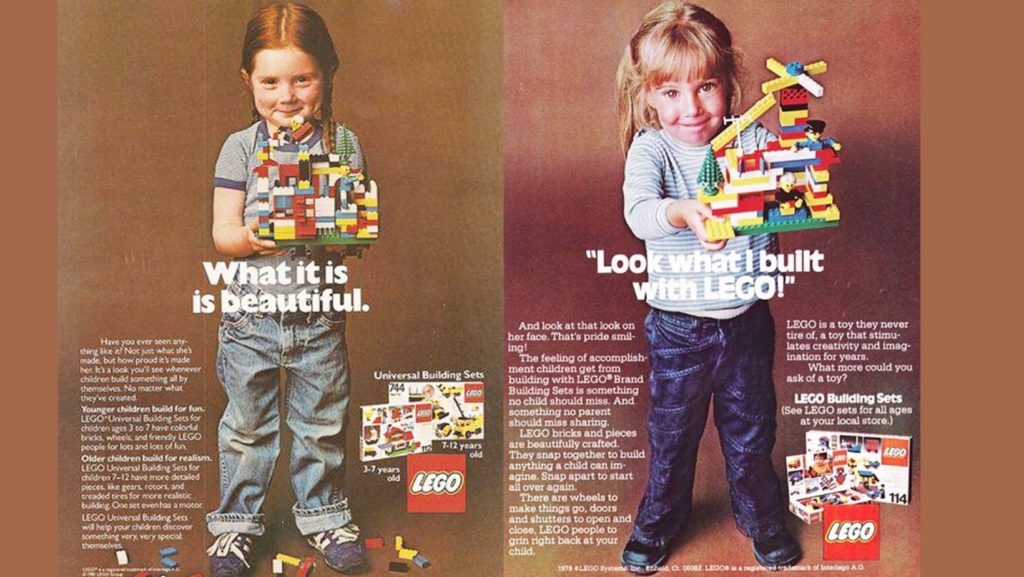P4C Inquiry Stimulus with Example Questions
Introducing a Philosophy for Children (P4C) session on “Busting Gender Bias” involves encouraging students to explore how gender stereotypes influence our perceptions and actions. The stimulus used to encourage philosophising among students might include videos, stories, or real-life scenarios where gender biases are evident. The goal is to provoke thoughtful inquiry about stereotypes and associated concepts such as fairness, equality, freedom. By questioning why certain jobs, toys, or behaviours are labelled as “for boys” or “for girls,” students can begin to understand and dismantle these biases in their own lives.
For teachers and students familiar with the P4C, using a stimulus record sheet is a useful tool to aid students in creating their own philosophical questions. However, asking students who are unfamiliar with P4C to formulate their own questions from a stimulus can be challenging. Students might struggle with identifying the key concepts or issues that are worth exploring further, especially if they are not familiar with creative, critical or collaborative thinking. Generating meaningful questions involves higher-order thinking skills, such as analysis, synthesis, and evaluation, and these can be intimidating for students who are more accustomed to answering predefined questions rather than creating their own.
Presenting students with an example philosophical question allows the teacher to demonstrate the kind of open-ended, reflective inquiry that is valued in P4C. The teacher can clarify what makes a question philosophical, and plan activities and questions in advance that will guide students to think deeply about the issue. An example also gives them a starting point, making the process more accessible and less intimidating, and ultimately will inspire them to generate their own questions in the future.
Girl toys vs boy toys: The experiment - BBC Stories
Published 16 Aug 2017
The Experiment: Are you sure you don’t gender- stereotype children in the toys you choose for them?
Example questions for stimulating inquiry:
1. Why do you think some toys are labelled for boys and others for girls?
2. Do you think it’s fair that boys and girls often get different toys? Why or why not?
3. Do you think toys should be for everyone, no matter if they’re a boy or a girl? Why or why not?
4. What do you think would happen if all toys were just thought of as ‘toys’; instead of ‘boy toys’; and ‘girl toys’?
LEGO Marketing Materials From the 1960s-1980s Encouraged Boys and Girls to Build Together
Josh Jones, September 17, 2018
Published on Flashbak.com
Much has been made over the years of a 1981 LEGO ad, and others like it, featuring a beaming young red-headed girl holding up her LEGO creation over the caption “What it is, is beautiful.” “In 1981,” explains Giordano, “LEGOs were ‘Universal Building Sets’ and that’s exactly what they were…for boys and girls. Toys are supposed to foster creativity. But nowadays, it seems that a lot more toys already have messages built into them before a child even opens the pink or blue package. In 1981, LEGOs were simple and gender-neutral, and the creativity of the child produced the message. In 2014, it’s the reverse: the toy delivers a message to the child, and this message is weirdly about gender.” Rachel Giordano.
Example questions for stimulating inquiry:
1. Do you think it’s better for a toy to let you create your own ideas or to give you ideas? Why?
2. Why do you think some toys are labelled for boys and others for girls?
3. Do you think it’s fair that boys and girls often get different toys? Why or why not?
4. What do you think it means for a toy to be “gender-neutral”?
Science, It’s a Girl Thing
Published 27 Jul 2012
This video was published by the European Commission for a campaign designed to attract more women to a career in science. The commission said that the video had to “speak their language to get their attention”; and that it was intended to be “fun, catchy”; and strike a chord with young people.”I would encourage everyone to have a look at the wider campaign and the many videos already online of female researchers talking about their jobs and lives”; says the owner of the YouTube channel this has been sourced from.
Example questions for stimulating inquiry:
1. Is it important for boys and girls to have the same opportunities in careers? Why or why not?
2. Why are girls being encouraged to pursue a career
in science?
3. Do you think girls will be more interested in a career in science if they watch the campaign video ‘Science, It’s a Girl Thing’? Why or why not?
4. What is the best way to find out about what it is like to be a woman with a career in science?
The ‘gender-equality paradox’ in STEM fields – BBC Newsnight
Published 15 Feb 2018
David Grossman explores the ‘gender-equality paradox’ proposed in a new study which suggest that more gender-equal countries have fewer women pursuing careers in the fields of science, technology, engineering and mathematics.
Example questions for stimulating inquiry:
- Do you think boys and girls are equally interested in all subjects? Why or why not?
- Should we encourage more people to pursue
careers they are interested in, regardless of their gender? - How might having more women in STEM fields
benefit society as a whole? Are there any
disadvantages? - How important do you think role models are in
encouraging young people to pursue certain
careers?
Women in tech conference overrun with men claiming to be 'non-binary'- The Telegraph
Published 5 Oct 2023
A women in tech conference in Orlando was overrun by men lying on their applications by claiming to be “nonbinary,” organisers have said. Men reportedly gate-crashed the Grace Hopper Celebration event, one of the largest job fairs for women and non-binary technologists. They were accused of skipping panel discussions featuring prominent women so that they could instead spend their time speaking to recruiters to bag jobs ahead of female attendees. Cullen White, Chief Impact Officer at the event organiser AnitaB, said it was “clear” that a far greater number of men attended than had been anticipated. “Simply put, some of you lied when you registered,” he said.
Example questions for stimulating inquiry:
1. Is it fair to have a technology conference only for women and non-binary technologists? Why or why not?
2. Why do women and non-binary people need help establishing a career in technology?
3. What advantages do men have over women and
non-binary people in the technology industry?
4. Should we encourage more people to pursue careers they are interested in, regardless of their gender?
Where did all the women in tech go? | BBC Ideas
Published 24 Feb 2022
In the 1950s and 60s women used to dominate the UK’s computing industry says historian of technology Marie Hicks. What happened? Made in association with Nesta.
Example questions for stimulating inquiry:
1. Why do you think the number of women in tech has decreased over the years?
2. How do cultural and societal norms impact career
choices for men and women differently?
3. What role does education play in shaping gender representation in technology fields?
4. How might having more women in STEM fields benefit society as a whole? Are there any disadvantages?









